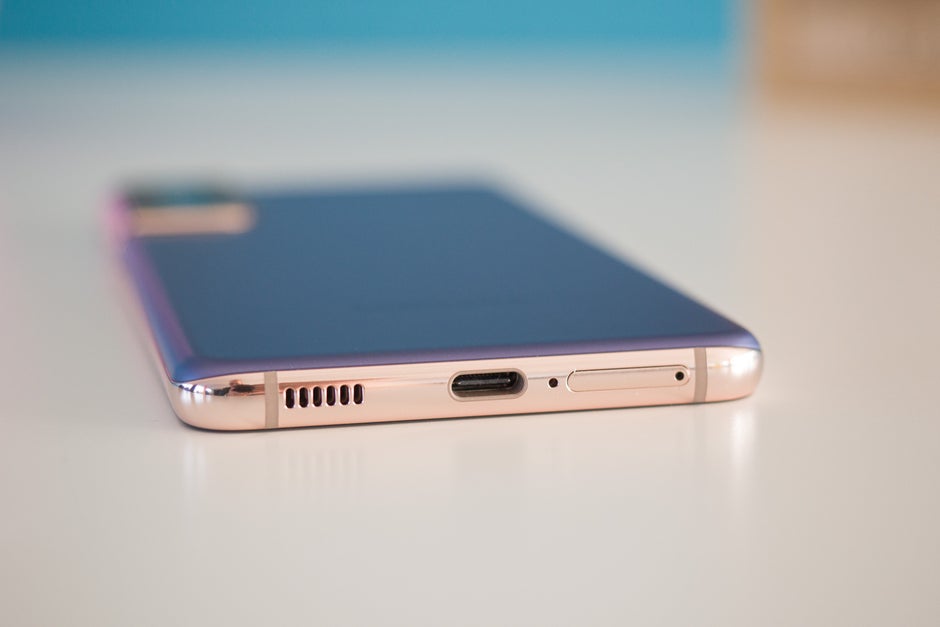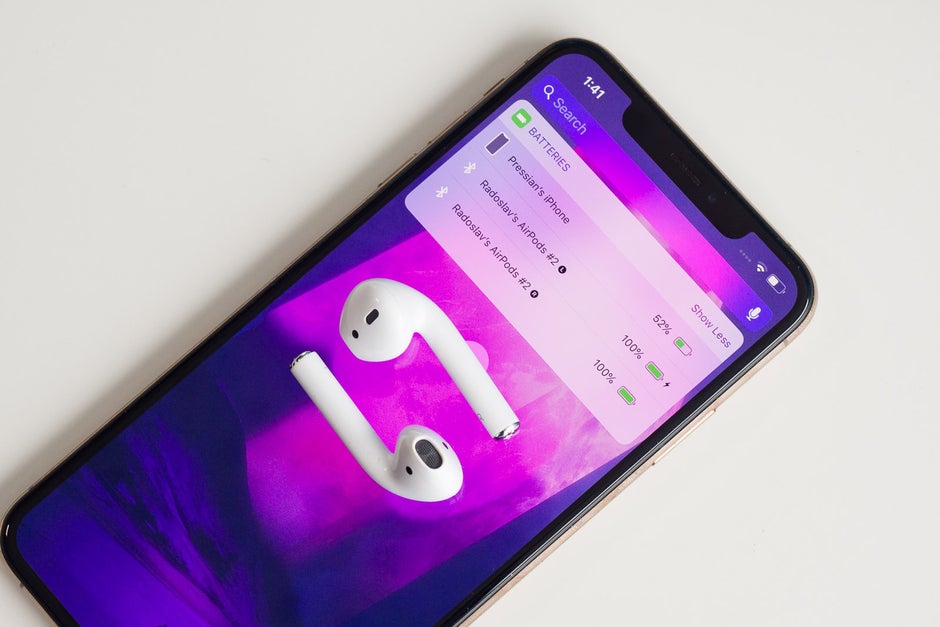New EU proposal would force Apple to create USB-C iPhone, ditch Lightning
After a decade of the Lightning connector, a USB-C iPhone could finally be in sight. The European Commission has announced a proposal that would force all electronics manufacturers to adopt a common port.
EU proposal: USB-C for all, universal fast charging, and no chargers in the box
The newest proposals aim to cut down on electronic waste across the European Union, forcing manufacturers to adopt the USB-C standard on all sorts of devices and allowing customers to use one charger for everything.The European Commission is also proposing ‘harmonized fast charging technology.’ In other words, manufacturers would have to work together on universal fast charging standards that are compatible with virtually any charger.
At the same time, devices could be forced to ship without adapters inside the box. The idea, which is something Apple and Samsung already do, is that such a move would encourage customers to reuse their old chargers. That shouldn’t be an issue if there’s a common port and fast charging standard.
For these latest proposals to become law, they’ll need to pass a vote in the European Parliament, which has previously voted in favor of similar initiatives. Therefore, there’s a good chance the proposals will be implemented.
Once they are, manufacturers will have 24 months to comply. Assuming these proposals become law next year, the 2024 iPhone 16 could be the first USB-C iPhone.
The iPhone, iPad, and AirPods would all need to switch to USB-C
While smartphones are the most important category in terms of volume, the European Commission also wants brands to use USB-C connectors on tablets and cameras, in addition to portable speakers, video game consoles, and headphones.
Most Android smartphone manufacturers use USB-C across their entire ecosystem of products, so the universal connector changes that are being proposed for the European Union are unlikely to make much of an impact.
Apple, on the other hand, could be severely affected. As mentioned in the opening paragraph, the iPhone currently uses Apple’s proprietary Lightning standard. Moving the iPhone over to USB-C in the European Union means that it’s likely to happen on a global level too — it wouldn’t make sense to create two different versions of the iPhone.
It’s worth noting that Apple already uses USB-C on a range of products including its entire MacBook lineup and every iPad except for the entry-level version. The company’s resistance to the changes likely has more to do with its Lightning revenue — the company earns a commission from all Lightning accessories — and less to do with innovation.
The changes don’t apply to wireless charging; Could Apple go all-in with MagSafe?
Such a move would likely see the iPhone switch to the Qi wireless charging as standard, though Apple itself is likely to push its lineup of MagSafe accessories.
For all the latest Technology News Click Here
For the latest news and updates, follow us on Google News.


